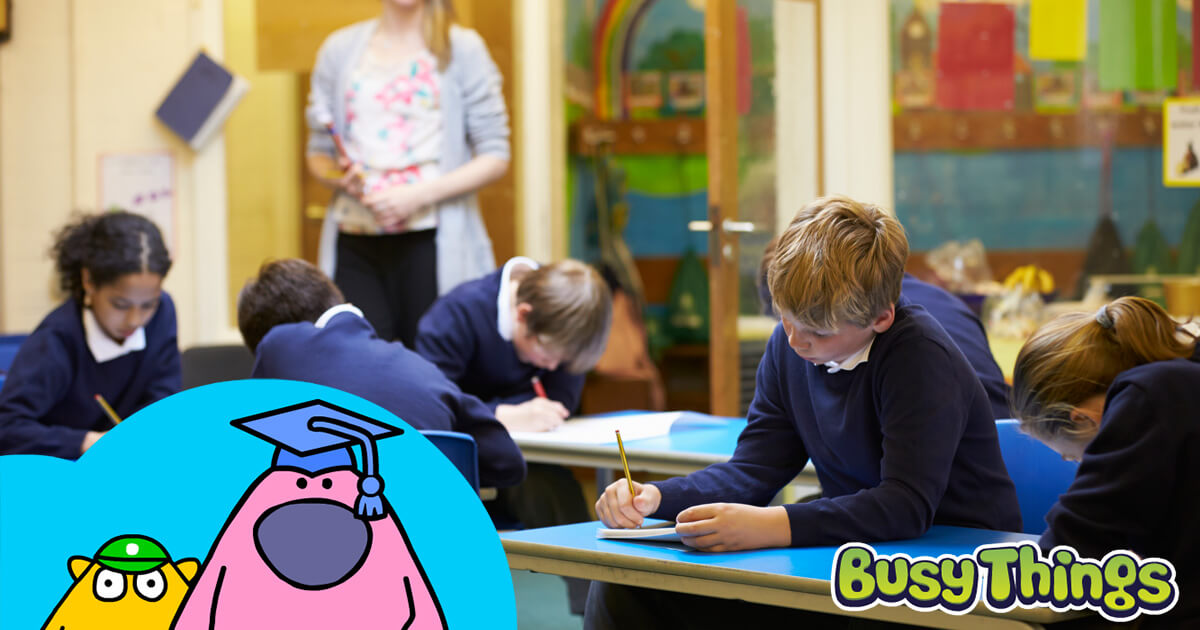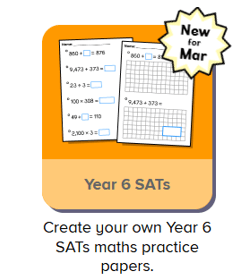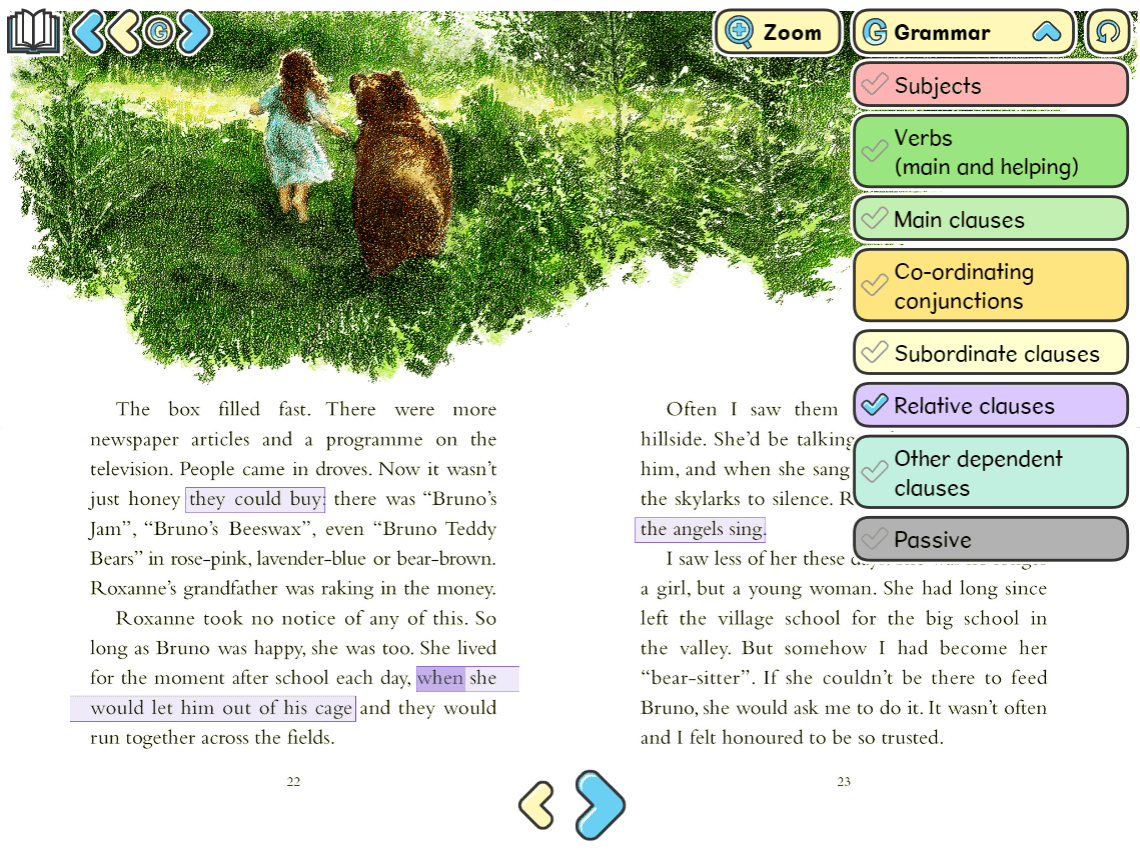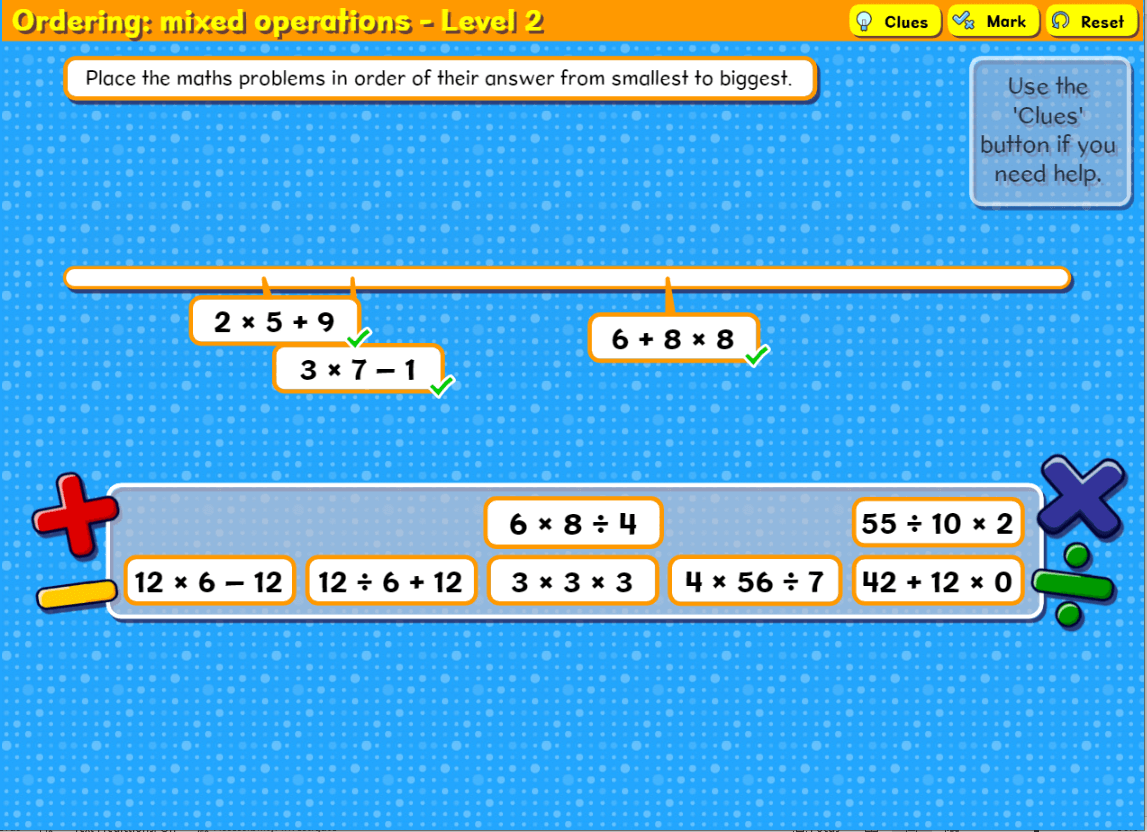How to Prepare Your Year 6 Pupils for SATs

As we head into the second half of the Spring term, we know Year 6 teachers across the nation will be 100% focused on the SATs, wanting their pupils to be as prepared as possible for the upcoming tests. Many of you will be seasoned at guiding your pupils through and have well-oiled processes in place, that you’ve tweaked and honed over the years.
Seasoned or not, there is one indisputable truth about SATs and that’s that this will be the first time around for your pupils. As such, it’s vital that pupil wellbeing is considered every step along the way. SATs aren’t the be-all and end-all and in the bigger scheme of events, your pupils’ mental health is much more important than a set of results.
That said, there is a lot you can do to prepare the children for their SATs, which will help them perform to their best and feel more confident about them. This blog uncovers some of the key aspects any SATs-readiness plan should encompass.
Let’s go!
1. Preparation is key
As with all things, forward planning is vital, and understanding how you performed last year is central to the plan you need to put in place. The first things you really need to ask therefore are:
- How did we do last year?
- How did we compare to the national average?
- Where did we perform well and less well?
From the answers you gain, you’ll see your strengths but more importantly your challenges, which will tell you whether you need to completely overhaul last year’s plan or just tweak it.
So, how did SATs go last year?
Last year, SATs results nationally showed similar attainment in all areas compared to 2023.
- 61% of pupils reached the expected standard in all of reading, writing and maths, up 1% from 2023
- 74% of pupils met the expected standard in reading, up from 73% in 2023
- 73% of pupils met the expected standard in maths, unchanged from 2023
- 72% of pupils met the expected standard in writing, up from 71% in 2023
- 72% of pupils met the expected standard in English grammar, punctuation and spelling, unchanged from 2023
2. Mix it up
A sensible approach to SATs preparation could involve any or all of the following:
• Whole-class teaching and revision
• Targeted interventions
• Homework clubs, where attendance is initiated by the children
• Formative assessment
• Revision advice
• Individualised recommendations for support
• Exam practice, including the completion of mock exams
Practice papers
Practice papers offer great material for knowledge retrieval and revision, and you can now create your own materials for maths using Busy Things’ Resource maker.

Pulling from a huge bank of questions for the Year 6 SATs Maths Paper 1, you can opt to focus:
• purely on questions 1-18 (whole number addition, short multiplication/division, decimals etc.)
• just on questions 19-36 (fractions, long multiplication/division, fractions etc.) or
• the full test.
The questions are randomly generated ensuring your pupils get different questions every time and answers are provided too!
See how easy it is to do by heading to the Resource maker, choosing Assessment materials in the Maths section, then Year 6 SATs! Once created, you can print your paper off or save it to your My Resources or schools’ Shared Resources area to print or use on the whiteboard later.
How you use the test you’ve created depends on your lesson objectives. The questions are really useful to help you model how you’d approach a question, or to open it up to the children about how they would do that. You’ll see the obstacles the children face in working out the answer, and where they fall down, but also see the thought processes taking place as they seek out the solution. This will reinforce previous learnings, allow you to see where misconceptions are occurring, and help the group as a whole identify strategies to adopt next time.
Equally, how the children respond to the papers will give great insights into how individuals perform alone. If you’re going down this route and are looking to limit pupils’ time to what they’ll have in the test, we’d limit questions 1-18 to 10 minutes, questions 19-36 to 20 minutes, and the full test to 30 minutes.
Past papers
Past papers are ideal for formative assessment along the way and as the tests get closer, but are obviously limited in number, so you need to think about when you use them to best effect.
From a pupil’s perspective, they help the children understand the language used, the general structure of the exam and the marking schemes employed. For teachers, they give a guide as to whether the children will meet the expected standard.
Targeted interventions
Once you’ve identified key areas of weakness and pupils that need help, you can feed the necessary interventions into your plan so that the areas can be addressed in turn.
Busy Things have a whole host of activities that may be instrumental for this, so it’s well worth looking through the Curriculum browser at all the Key Stage 2 activities and games.

In English, for instance, you may want to practise identifying the different types of clauses within a sentence, which our book extracts can help with.
The extract to the right is from Michael Morpurgo’s ‘The Dancing Bear’ and here we are highlighting the relative clauses in the text.

In Maths, the area of study ‘calculations’ is very important. We have lots of activities, which focus on addition, subtractraction, multiplication and division, including this ordering interactive worksheet.
3. Manage exam stress
Preparing children for their SATs needn’t be stressful but can result in ‘strung out’ children if handled badly.
In order to minimise this, make sure you have time in your plans to cover exam technique and relaxation. Tips to share could include the following:
Exam technique for SATs
- Read the question, then re-read it. It’s good practice for pupils to underline or circle important words within the question, so that they really focus on what they’re being asked.
- Show your workings. Evidence is key when answering a question, so pupils should show their workings out even if they just ‘know’ what the answer is. For reading questions, pupils need to refer to the text to support their responses.
- Don’t waste time on questions you just don’t get. Pupils can spend so much time on questions that they find difficult, that they don’t have time to answer those that are more straightforward for them. Remind pupils that they don’t have to complete the answers in any particular order, so if they feel stuck, it’s best to move on and come back to the trickier ones later. This will not only stop them wasting time but also keep their spirits high.
- Double-check your answers. If your pupils have got time at the end, instil in them the importance of checking their answers. They’ve nothing to lose as they need to be sat there anyway, but they could pick up a few extra marks by rectifying silly mistakes. It’s also worth getting them to check they’ve completed every question and every page. There is nothing worse than finding you’ve missed a whole section the minute before the test ends!
- Encourage slow workers to tackle the higher-value questions first. If pupils are unlikely to finish, this may be the best course of action to maximise their scores. Ensure they can do this quickly, however, otherwise the strategy could just add to their stress.
Relaxation techniques
In terms of relaxation, children should be made aware that nerves can help their performance. The surge in adrenaline can focus the mind and so help them achieve their best results. If it’s all getting too much though, and they’re starting to feel overwhelmed, taking a few minutes to think about something other than the test paper in front of them is absolutely fine.
Encourage them to take deep breaths should this happen, and to close their eyes until they feel calmer.
4. SATs Week itself
So, all the groundwork is complete, SATs Week arrives!
It’s time to focus and ensure everyone’s able to give of their best. With all the planning, teaching and individualised coaching involved, it would be a huge shame to fall at the last hurdle.
For SATs Week, we think the key is to keep the mornings calm and the afternoons fun. Here are our recommendations:
- Encourage the pupils to come in early so they have time to let off steam and calm down.
- Provide a filling but not sugar-fuelled breakfast to sustain the children’s energy throughout the test, whilst not giving them a sugar rush. Breakfast bars are good, as are pastries.
- Keep afternoons light to save your pupils’ brainpower for the next day. Don’t cram for the next test but let the children have fun outdoors and get some fresh air and exercise.
- On Friday afternoon, reward the children’s hard work and dedication with a real treat. What this could entail really depends on the group of children you have, their passions and the budget available. If they’re an active bunch, perhaps hiring a bouncy castle would be an option. If they’re animal lovers, maybe invite a touring zoo into the school.
5. Summary
So there you have it, the key elements of a successful SATs preparation plan from analysing last year’s results, to skills practice and intervention, to actually preparing the pupils on the day and getting through the tests themselves.
We hope this blog has highlighted something that you’ve not thought of before so that you can tweak the plan you have and be even more successful as a school.
Activities and more activities
If you’d like to see the activities mentioned in this blog or indeed, some of our other activities, we’d love you to take out a free 28-day trial with us! Simply click here for this. You’re more than welcome to have a virtual tour via Zoom too. If you’d like one, contact us here and we’ll get in touch!
Feel we’ve missed something out, then let us know and we can share your insights with other schools for the greater good.
This blog was revised and updated in March 2025.